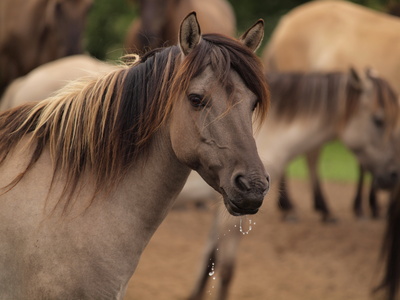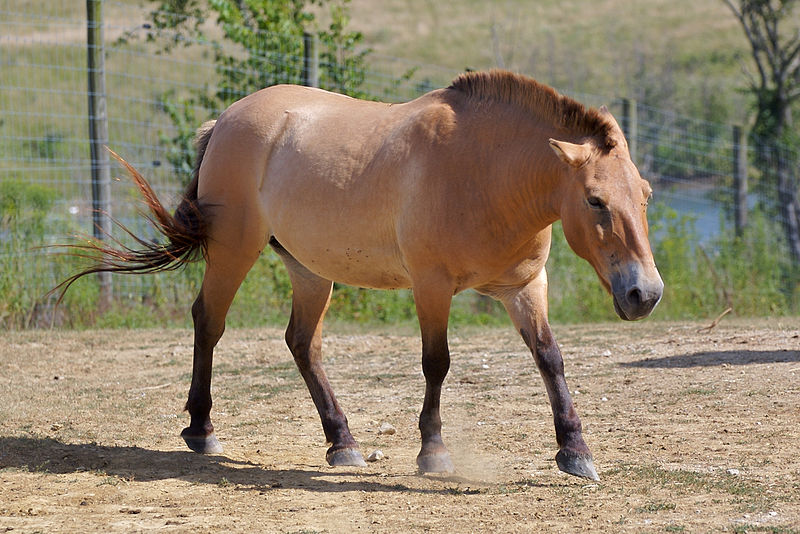 |
| Ardennais horse
The Warmblood or Forest Horse lived in Europe’s forests and swamplands. Warm-blood horses still exist in Europe. They developed for example into the Ardennais horse which still exists today.
|
 |
| Tarpan horse |
  |
| Dülmener pony Sorraia horses Many wild horses died during the ice age but there are still a few wild horses left like the Exmoor, German Dülmener, Sorraia and Caspian. |

Przewalski horse
There is also the wild horse Przewalski horse. It is named after the Russian explorer Nikolai Michailowitsch Przewalski. This animal was very rare, even at its discovery. Today the wild horse just lives in zoos or in animal parks. It is about 134 to 146 centimetre tall and weighs between 240 and 300 kilograms. There have been a few projects since 1990 to bring the Przewalski again into the wild. In 1992 they flew the first horses into the Southwestern Mongolia.
Pictures: Google images

No comments:
Post a Comment